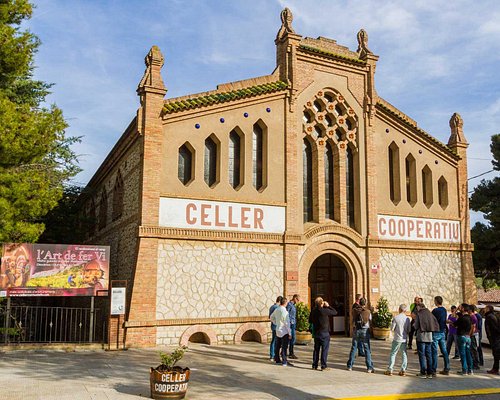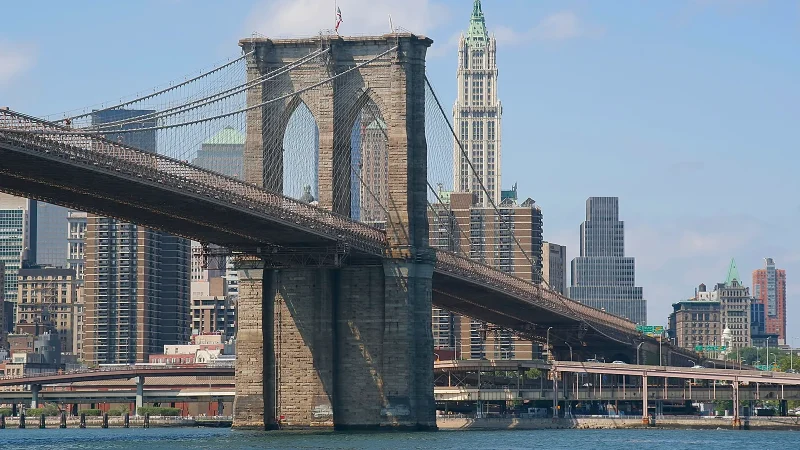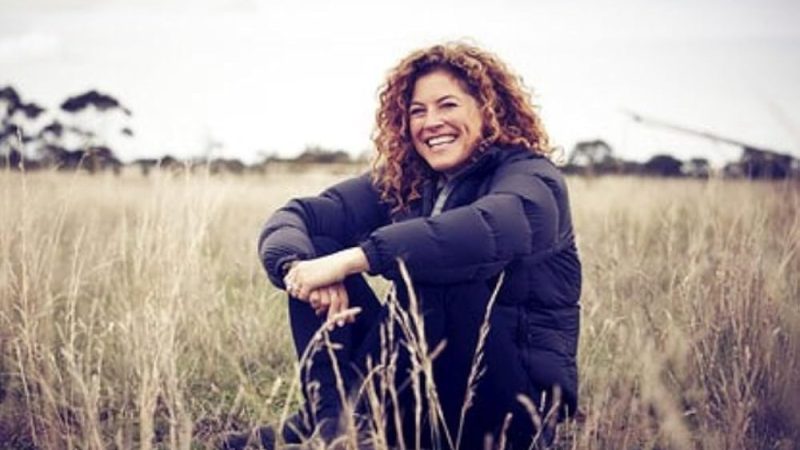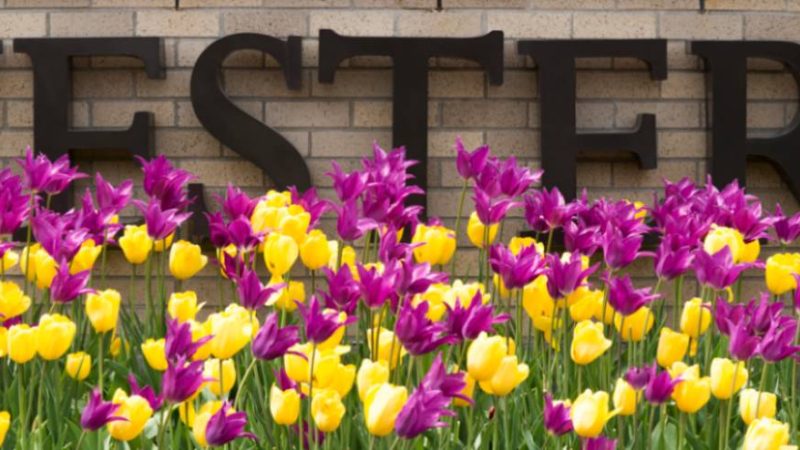: Unveiling the Myth: Is Queens Truly a Dangerous Borough?
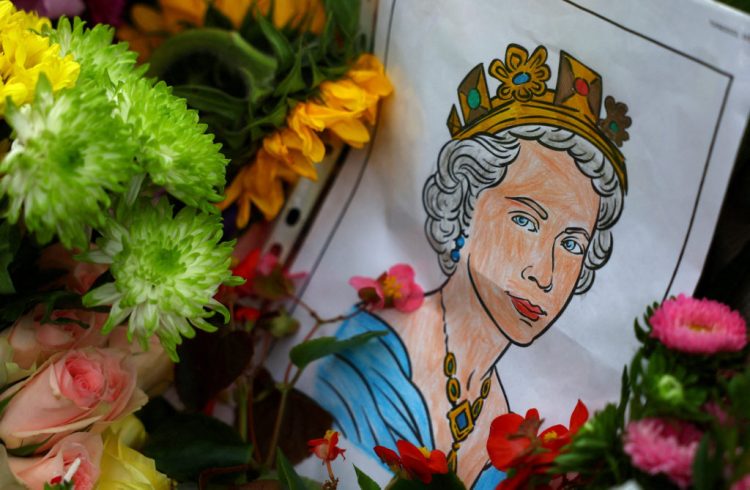
Nestled within the heart of New York City, Queens stands as a vibrant borough that reflects the diverse tapestry of the city itself. However, like any urban area, it has not escaped the shadows of stereotypes and misconceptions regarding its safety. The question that lingers in the minds of many is whether Queens is a dangerous place to live, work, or visit. In this article, we will dissect the factors contributing to Queens’ perceived danger, exploring crime rates, cultural nuances, and community efforts to uncover the truth behind the myth.
Crime Rates and Statistics:To address the concerns about Queens’ safety, it is essential to examine crime rates and statistics. While it’s true that certain neighborhoods in Queens have faced crime challenges, it’s crucial to understand that crime is not evenly distributed across the borough. Astoria, Forest Hills, and Bayside are examples of neighborhoods with relatively lower crime rates, showcasing the diversity of safety within Queens.
The New York City Police Department (NYPD) consistently works to maintain law and order, and over the years, crime rates in Queens, like the rest of the city, have generally decreased. It is important for residents and visitors alike to stay informed about the specific safety conditions in different areas of Queens to make informed decisions about their daily lives.
Cultural Diversity and Perception:
Queens is celebrated for its rich cultural diversity, housing people from all walks of life. The borough is a melting pot of ethnicities, languages, and traditions, contributing to its unique identity. However, this diversity can sometimes be misconstrued, leading to stereotypes that may influence perceptions of safety.
For instance, areas with high immigrant populations may be unfairly stigmatized due to cultural differences, language barriers, and misunderstandings. It is essential to recognize that diversity is one of Queens’ greatest strengths, fostering a vibrant and interconnected community. Rather than being a source of danger, this diversity often leads to a harmonious coexistence among the various ethnic groups that call Queens home.
Community Engagement and Initiatives:
One of the most effective ways to address concerns about safety is through community engagement and grassroots initiatives. Queens boasts a plethora of community organizations, neighborhood watch groups, and cultural associations that actively work towards creating safer environments.
Residents in various neighborhoods come together to address local issues, organize events, and collaborate with law enforcement to enhance security measures. These collective efforts contribute significantly to dispelling the notion that Queens is a universally dangerous place and highlight the resilience of its communities in fostering safer living spaces.
Economic Factors and Neighborhood Development:
Socioeconomic conditions often play a role in shaping the safety of a neighborhood. Queens is no exception, with some areas facing economic challenges that may contribute to crime rates. However, it is crucial to acknowledge the ongoing efforts towards neighborhood development and revitalization.
Investment in infrastructure, affordable housing, and economic development projects are transforming certain areas, fostering a positive change in the borough. As these initiatives progress, they have the potential to uplift communities, reduce crime, and alter perceptions of Queens as a dangerous place.
Safety Tips and Precautions:
Regardless of location, urban living requires a degree of vigilance. Queens is no different. Residents and visitors can take simple precautions to enhance their safety, such as being aware of their surroundings, using well-lit routes at night, and staying informed about local safety measures and resources.
Additionally, fostering a sense of community by engaging with neighbors, participating in local events, and supporting community initiatives can contribute to a safer and more connected living environment. By actively participating in the community, individuals become a part of the solution to any safety concerns.
Conclusion:
Queens, with its dynamic neighborhoods, cultural richness, and diverse communities, is not a monolithic entity when it comes to safety. While certain areas may face challenges, the borough as a whole is far from being universally dangerous. Crime rates are dynamic and subject to change, influenced by community engagement, economic development, and law enforcement efforts.
It is crucial to challenge stereotypes and acknowledge the resilience of Queens’ communities in addressing safety concerns. By understanding the multifaceted nature of the borough and appreciating the ongoing initiatives to create safer neighborhoods, we can dispel the myth that Queens is inherently dangerous and instead celebrate its vibrant, inclusive, and ever-evolving character.
-
Is Queens a safe place to live?
- The safety of a neighborhood in Queens varies depending on the specific area. Overall, Queens is a diverse borough with both safe and less safe neighborhoods. It’s essential to research and be informed about the safety conditions in the particular area you are considering.
-
What are the crime rates in Queens?
- Crime rates in Queens, like any urban area, fluctuate across neighborhoods. Some areas have lower crime rates compared to others. Referencing the latest crime statistics and consulting local law enforcement resources can provide a clearer understanding of the safety situation in a specific neighborhood.
-
Which neighborhoods in Queens are considered safe?
- Neighborhoods such as Astoria, Forest Hills, Bayside, and Douglaston are often considered safe with relatively lower crime rates. However, it’s essential to stay updated on the changing dynamics of neighborhoods and conduct thorough research before making any decisions.
-
Are there dangerous areas in Queens?
- Like any large city, Queens has neighborhoods that face higher crime rates. It’s crucial to identify these areas and exercise caution. Local police precincts, community boards, and online resources can offer insights into the safety conditions of specific neighborhoods.
-
How has crime in Queens changed over the years?
- Crime rates in Queens, similar to the rest of New York City, have generally decreased over the years. The efforts of law enforcement, community organizations, and residents have contributed to making the borough safer. Examining historical crime data can provide a broader perspective on these trends.
-
Does Queens’ cultural diversity contribute to safety concerns?
- Queens is celebrated for its cultural diversity, and while this diversity enriches the borough, it can sometimes lead to misconceptions. It’s important to recognize that cultural differences do not necessarily correlate with safety concerns. In fact, many neighborhoods thrive on their multicultural communities, fostering a sense of unity.
-
Are there community initiatives to improve safety in Queens?
- Yes, Queens has numerous community initiatives and grassroots organizations actively working to improve safety. Neighborhood watch groups, community meetings, and collaborative efforts with law enforcement are common practices. Engaging with these initiatives can contribute to a safer living environment.
-
What economic factors influence safety in Queens?
- Socioeconomic conditions can impact safety in certain areas of Queens. Economic development projects, affordable housing initiatives, and community investment efforts are underway to address these issues. Monitoring these developments can provide insights into the ongoing transformation of neighborhoods.
-
What safety precautions should residents and visitors take in Queens?
- Basic safety precautions include being aware of surroundings, using well-lit routes at night, and staying informed about local safety measures. Engaging with the community, participating in local events, and supporting neighborhood initiatives can also enhance overall safety.
-
Is it safe to explore Queens as a tourist?
- Queens offers a wealth of cultural attractions and diverse experiences for tourists. While it’s generally safe, visitors should exercise the same caution they would in any urban area. Researching specific neighborhoods, staying aware of surroundings, and following local guidelines can contribute to a safe and enjoyable visit to Queens.

